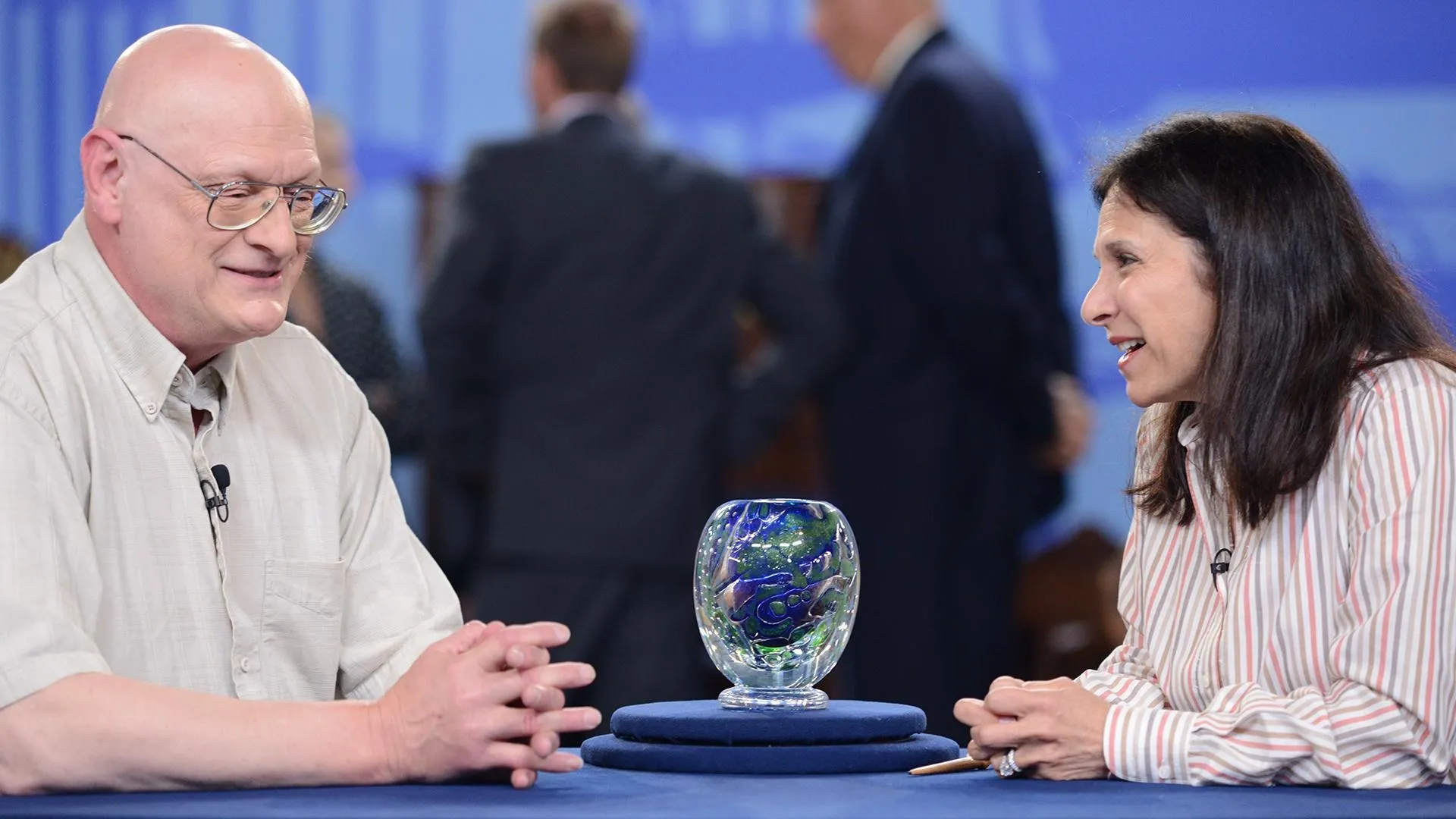GUEST: My wife and I were out rummage-saling and we walked into this garage and I saw this horse leaned up against the back of the garage, and I was pretty excited so I ran over there, picked him up and looked at the price. The price was a whole dollar, so I was really happy about that. And she looked at me like, "Are you sure?" Even a dollar seemed like a little too much, but I said, "We need to have it."
APPRAISER: So how many years ago did you get this?
GUEST: It's been about 15 years ago that we bought it at the rummage sale.
APPRAISER: I know for one thing for sure, we're going to go up from a dollar.
GUEST: Oh, that's good, that's good.
APPRAISER: When you first brought it over, the first thing that hit me was the size. I love the size. And these sheet metal weathervanes are really highly faked and reproduced. As a matter of fact, that's probably the easiest one to fake and reproduce. Do you have any idea of where it was used, the farm it came from?
GUEST: Not exactly. The family said it came off their grandfather's farm, and that was about all that they said about it. Here in North Dakota.
APPRAISER: Well, right off the bat that makes perfect sense because we know this is found materials. This is probably some kind of roofing, galvanized material. You can see the galvanizing on the tail there in front of you.
GUEST: Sure.
APPRAISER: He made a horse like what was on the farm. He didn't do some prancy little Kentucky Derby horse. This is a work horse.
GUEST: Right.
APPRAISER: The construction is pieced, and it's reinforced with iron in several places. And the surface is undisturbed. I would say, just looking at it, it might have been painted white to begin with. But nobody's ever done anything to it. That's just a natural weathered surface. A lot of them will have an artificial rusty surface on them and you feel along the edges of the metal, and it has sharp places on it, and this has none of those characteristics. Got a few bullet holes. I talked to everybody over at the folk art table. We all agree that this is an honest piece, made in the first quarter of the 20th century probably, maybe Depression era, but probably before that. And if something like this were to go through an auction, the pre-sale estimate on it would be $3,000 to $5,000.
GUEST: Oh, that's what I like to hear. It's been the family joke for 20 years, so.
APPRAISER: They're going to have to find something else to kid you about now.











